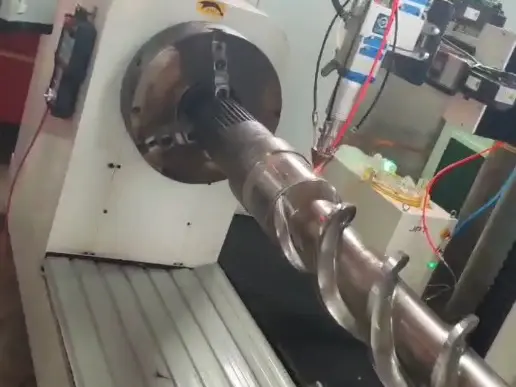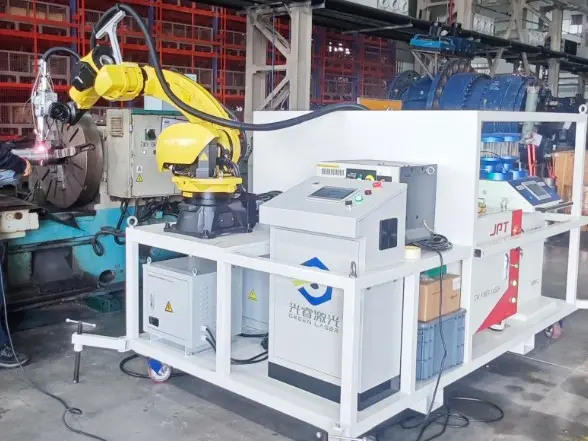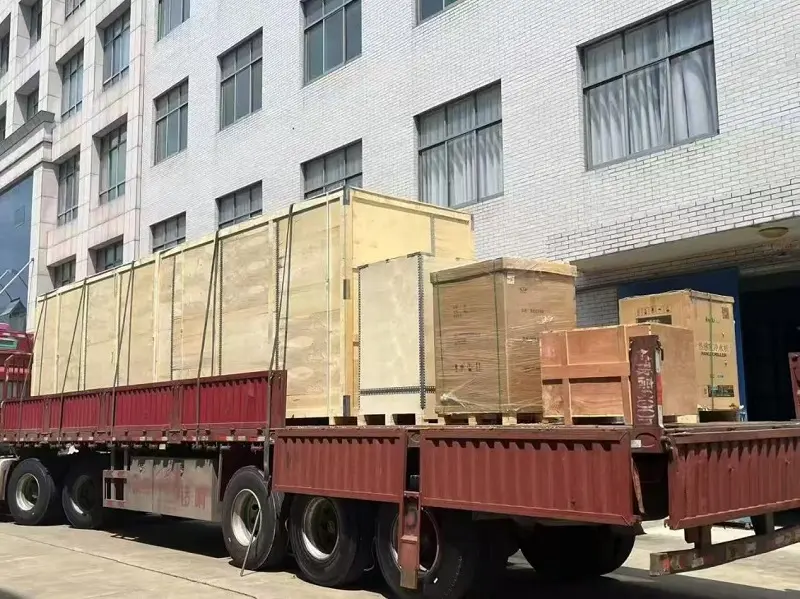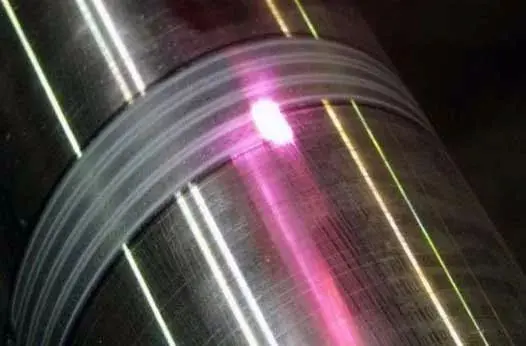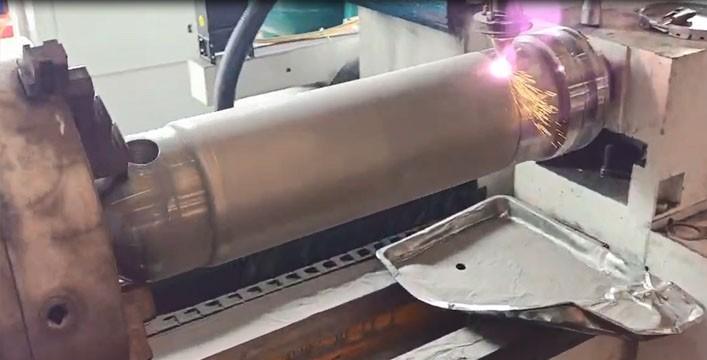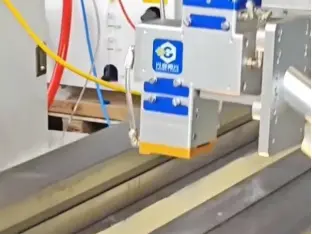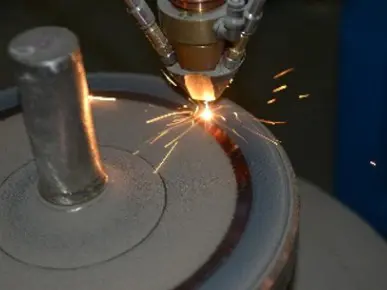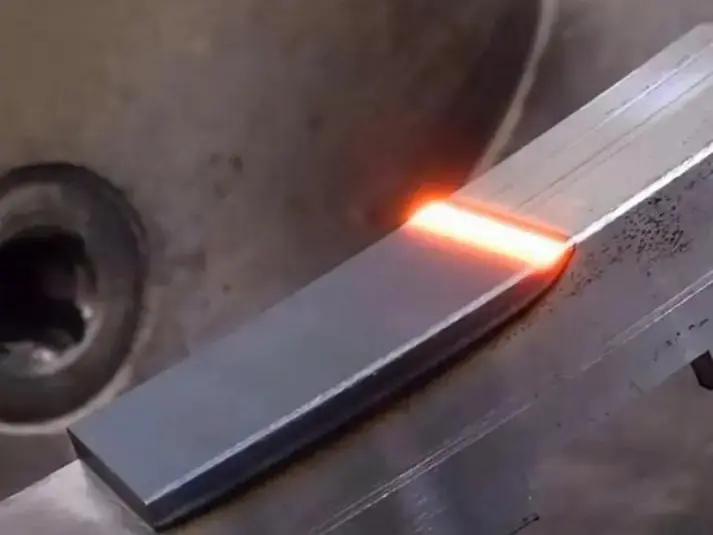Laser cladding: a green regeneration technique that injects "super armor" into coal engines
Beneath the depths of coal mines, hydraulic support columns in fully mechanized mining systems oscillate under 10,000-ton pressures, scraper conveyor troughs grind against coal gangue, while hydraulic cylinders struggle to operate in humid and corrosive environments. These critical components form the "steel framework" of coal mining operations, enduring relentless wear, corrosion, and impact over extended periods. Traditional maintenance methods like overlay welding, chromium plating, or complete replacement not only prove costly and time-consuming but also fail to meet modern coal mining's demands for efficient, low-carbon, and cost-effective operations. The emergence of laser cladding technology is now ushering in a quiet "steel regeneration revolution" for the coal machinery industry.
I. Laser cladding: "precision surgery" of coal machine remanufacturing
Laser cladding is not a simple surface "film", but a cutting-edge technology that forms a micro-melt pool on the surface of the component with high energy laser beam and simultaneously sprays special alloy powder to achieve metallurgical bonding between the cladding layer and the base. Its core value lies in:
Precise target repair: The laser beam can be precisely positioned to wear grooves and corrosion pits, avoiding damage to the healthy substrate, especially suitable for repairing local defects such as scratches on hydraulic columns and scratches on the inner wall of cylinders.
Metallurgical strong and tough bonding: The cladding layer and the matrix form atomic diffusion fusion, the bonding strength is up to 400MPa, completely eliminate the risk of chromium plating peeling.
Customized performance: By selecting wear-resistant cobalt-based alloy (such as Stellite 6), corrosion-resistant nickel-based alloy or tungsten carbide reinforced composite, the survival ability of components in harsh working conditions such as coal gangue impact and acid water vapor corrosion can be improved.
II. Practical application: From "scrapping the edge" to "exceeding performance"
1. Hydraulic support "life extension revolution"
After the chromium plating layer on the surface of hydraulic column is peeled off, the column is easy to rust and fail under high pressure. Laser cladding technology can:
After removing the old coating, a 0.8-1.5mm thick cobalt-based alloy layer is directly deposited on the surface of the substrate;
The hardness is increased to HRC 55-60 (the original chromium plating layer is only HRC 40-45), and the wear resistance is increased by more than 3 times;
The corrosion resistance is significantly enhanced. The service life of the mine repair column in acid mine water reaches 18 months, far exceeding the original new piece (6-8 months).
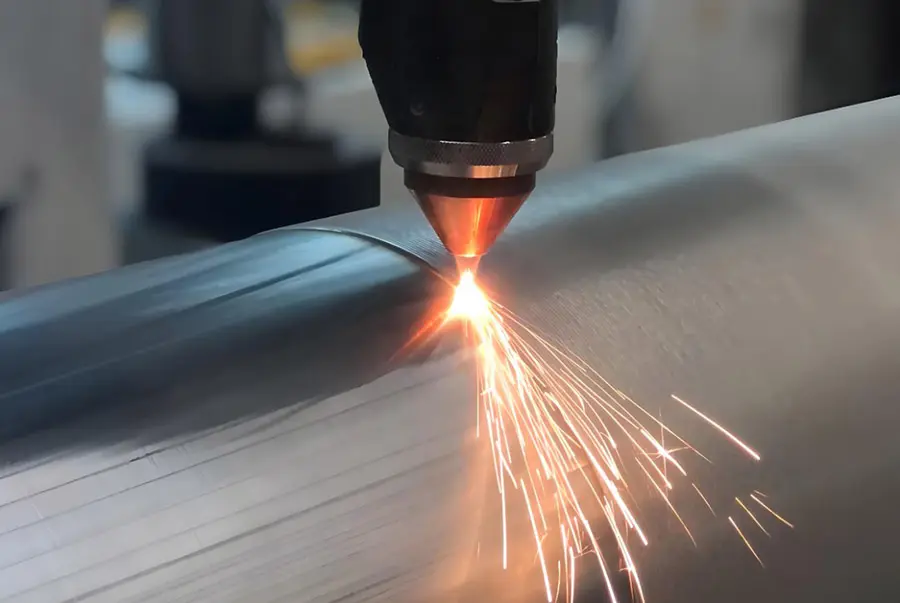
2. The middle groove of the scraper machine is "reinvented"
The annual wear on the bottom plate of the central trough reaches up to 15mm, with traditional replacement costing over 20,000 yuan per unit. The laser cladding solution applies tungsten carbide particle-reinforced iron matrix composite material to the wear-prone areas of the trough walls. Achieving a surface hardness exceeding HRC 62, this innovation boosts wear resistance by 5-8 times. Field applications in mining areas demonstrate that the restored central trough extends service life from 6 months to 24 months, while maintenance costs per ton of coal decrease by 40%.
3. "Reconstruction" of the inner wall of hydraulic cylinder
To address sealing failure caused by cylinder wall scratches: The system employs coaxial powder feeding combined with a dedicated laser nozzle for inner holes, enabling precise welding in confined spaces. Post-repair surface roughness (Ra ≤ 0.8μm) surpasses new component machining standards. Field trials at a coal machinery plant demonstrate that repaired cylinders achieve 100% sealing performance compliance while costing merely 30% of new cylinder production.
III. Triple Change: Economy, Efficiency and Green Transformation
|
dimension |
Traditional approaches |
Laser cladding remanufacturing |
Benefit of change |
|---|---|---|---|
|
Cost |
New equipment expensive to purchase |
Repair cost (20%-50%) |
One bracket saves 150,000 yuan |
|
Period |
New order customization (30 days +) |
On-site repair (3-5 days) |
Equipment shutdowns are reduced by 70% |
|
Function |
Restore to the initial state |
Wear/ corrosion resistance enhancement |
Life span increased by 200%-300% |
|
Environmental protection |
Electroplating contamination (chromium ions) |
Near zero pollution |
Replace toxic electroplating process |
IV. From repair to upgrade: the future of intelligent remanufacturing of coal engines
With the integration of intelligent technologies, laser cladding is reaching new heights in coal machinery applications: 1) Automated robotic workstations enable batch-standardized repair of components like columns and cylinders, boosting efficiency by 50%; 2) Digital twin predictive maintenance monitors equipment wear through sensors to proactively perform cladding repairs before failures occur; 3) Gradient functional materials develop composite cladding layers with superhard outer surfaces for wear resistance and strong inner layers resisting cracks, effectively addressing impact-wear coupled operational conditions.

